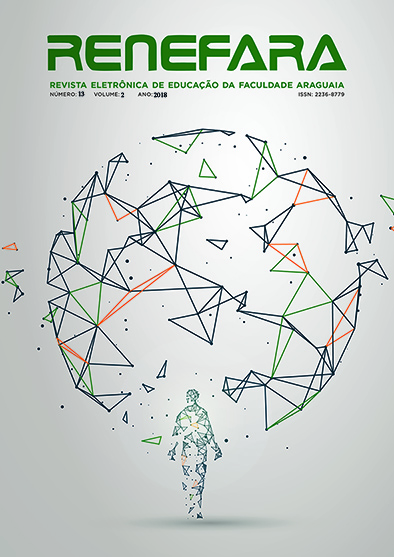ESTRATÉGIA DA DISTINÇÃO CULTURAL DO ENSINO MÉDIO PRIVADO EM GOIÁS-BRASIL: O RANKING DO ENEM COMO MENÇÃO DA QUALIDADE
Abstract
Este trabalho busca compreender o Exame Nacional do Ensino Médio (ENEM) para além de seu caráter regulador e hoje quase hegemonicamente política de ingresso oficialmente concebida como estratégia de democratização do acesso às Instituições de Ensino Superior (IES) Públicas Federais. Pretende-se indagar suas significações e consequências no bojo de seu objetivo avaliador em tempos de disputas pelos padrões de qualidade. Todos os anos, no Brasil, o Ministério da Educação (MEC) coordena este exame nacional e ao divulgar os seus resultados possibilita a construção mercadológica de rankings das melhores escolas do país e por região. Ao fazê-lo isso, o exame extrapola sua finalidade avaliativa ao classificar e hierarquizar os estados da federação, instituições escolares, certificação cultural do padrão privado de excelência escolar, ainda que os dados oficiais do MEC confirmem que a rede pública no ano de 2013 era responsável por 85,32% das matrículas neste nível de ensino. Estas reflexões orientadas pela perspectiva bourdieusiana permitem considerar que os rankings do ENEM, em sua dimensão propagandística e midiática, constitui uma forma simbólica de classificação e hierarquização das instituições escolares de ensino médio submetida ao propósito da distinção como parâmetro de reconhecimento da qualidade do ensino médio privado pela lógica orientada por políticas neoliberais as quais insistem negar que a educação escolar obrigatória é um direito público subjetivo e não um serviço público, portanto mercadoria. O estado de Goiás, neste estudo, está sendo tomado como exemplo.
Downloads
Published
Issue
Section
License
The copyright of the published articles will be transferred to the Uniaaraguaia Magazine, allowing its subsequent reproduction as transcription and with due citation of source. In the event of acceptance and before the publication of the article, the plaintiff (s) shall write a statement formally transferring copyright to the magazine.
The author may also print and distribute copies of his article, provided that he mentions that the rights belong to the Uniaaraguaia Magazine.
Author rights include the right to reproduce in full or partly by any means, distribute this article, including figures and photographs.
By submitting originals to the Uniaaraguaia magazine, the author or authors express agreement with the following terms:
a) Authors maintain copyright and grant Uniaraguaia magazine the right of first publication, with the work simultaneously licensed under the Creative Commons Attribution license that allows the sharing of work with recognition of the authorship and initial publication in this magazine.
b) Authors are authorized to assume additional contracts separately, for non-expiration distribution of the work version published in this magazine (eg publish in institutional repository or as book chapter), with recognition of authorship and initial publication in this journal.
c) Authors are allowed and are encouraged to publish and distribute their work online (eg in institutional repositories or on their personal page) to any point before or during the editorial process, as this can generate productive changes as well as increase the impact and citation of published work.

